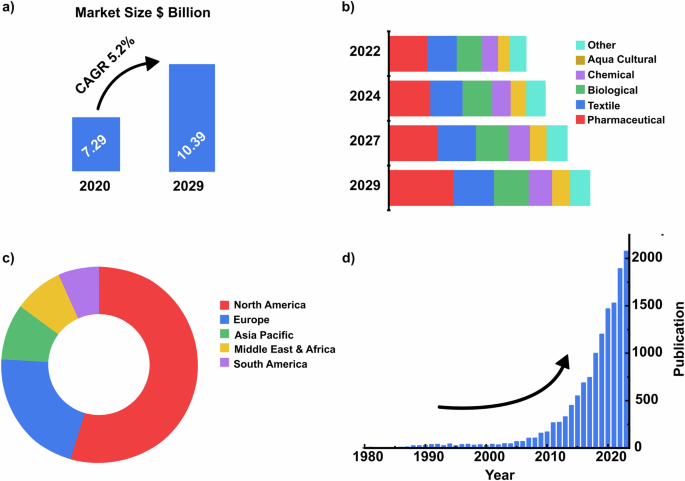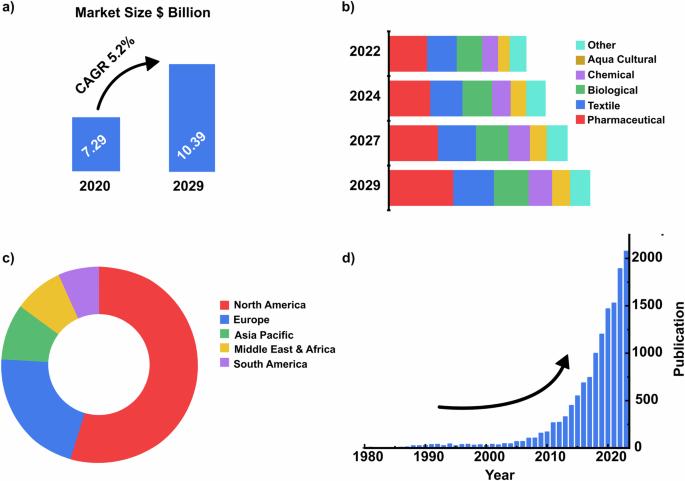Intrinsically microporous polyimide-based metal-free catalysts for round-the-clock photodegradation of organic pollutants
IF 7.5
Q1 MATERIALS SCIENCE, MULTIDISCIPLINARY
引用次数: 0
Abstract
Photocatalytic degradation of organic pollutants is an essential technology for various environmental applications. However, the effectiveness of most photocatalysts is restricted to light. Herein, we report metal-free catalysts derived from intrinsically microporous polyimide for persistence in photocatalytic degradation of dyes. We systematically investigate the effect of porosity and functionality on photocatalytic efficiency. Both the pristine 4,4′-(hexafluoroisopropylidene)diphthalic anhydride-3,3′-dimethylnaphthidine and its thermally annealed counterpart at 530 °C exhibit high charge storage capabilities, enabling continuous photodegradation in the absence of light. The pre-irradiated catalyst exhibits an approximately 99% degradation of the dye, with a ~40% improvement relative to the non-pre-irradiated sample. We studied the influence of the chemical structure and porosity on the photocatalytic degradation efficiency in darkness by varying the polyimide chemical structure using different diamines. This research underscores the potential of polymers with intrinsic microporosity for application in the continuous degradation of dyes, contributing to the pursuit of cleaner water. Photodegradation of pollutants is important to produce clean water but their activities are restricted during nighttime. Here, metal-free catalysts derived from intrinsically microporous polyimide show efficient photocatalytic degradation activities of dyes under light and darkness.


用于全天候光降解有机污染物的本征微孔聚酰亚胺基无金属催化剂
光催化降解有机污染物是各种环境应用中的一项重要技术。然而,大多数光催化剂的功效仅限于光。在此,我们报告了由固有微孔聚酰亚胺衍生的无金属催化剂在光催化降解染料中的持久性。我们系统地研究了多孔性和功能性对光催化效率的影响。原始的 4,4′-(六氟异亚丙基)二邻苯二甲酸酐-3,3′-二甲基萘啶及其在 530 °C 下热退火的对应物都表现出很高的电荷储存能力,能在无光条件下持续光降解。预辐照催化剂的染料降解率约为 99%,与未经预辐照的样品相比提高了约 40%。我们通过使用不同的二胺改变聚酰亚胺的化学结构,研究了化学结构和孔隙率对黑暗中光催化降解效率的影响。这项研究强调了具有固有微孔的聚合物在持续降解染料方面的应用潜力,有助于实现更清洁的水质。
本文章由计算机程序翻译,如有差异,请以英文原文为准。
求助全文
约1分钟内获得全文
求助全文
来源期刊

Communications Materials
MATERIALS SCIENCE, MULTIDISCIPLINARY-
CiteScore
12.10
自引率
1.30%
发文量
85
审稿时长
17 weeks
期刊介绍:
Communications Materials, a selective open access journal within Nature Portfolio, is dedicated to publishing top-tier research, reviews, and commentary across all facets of materials science. The journal showcases significant advancements in specialized research areas, encompassing both fundamental and applied studies. Serving as an open access option for materials sciences, Communications Materials applies less stringent criteria for impact and significance compared to Nature-branded journals, including Nature Communications.
 求助内容:
求助内容: 应助结果提醒方式:
应助结果提醒方式:


